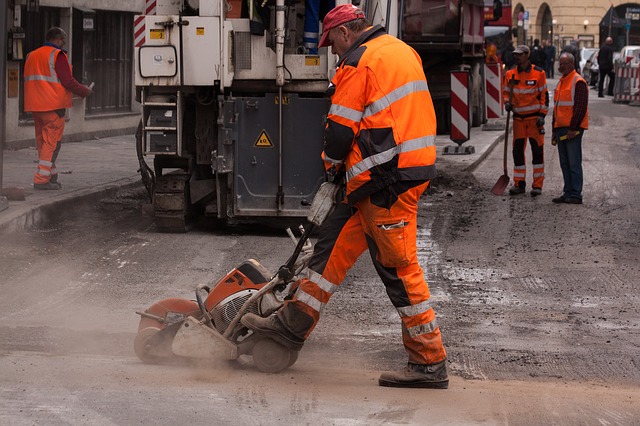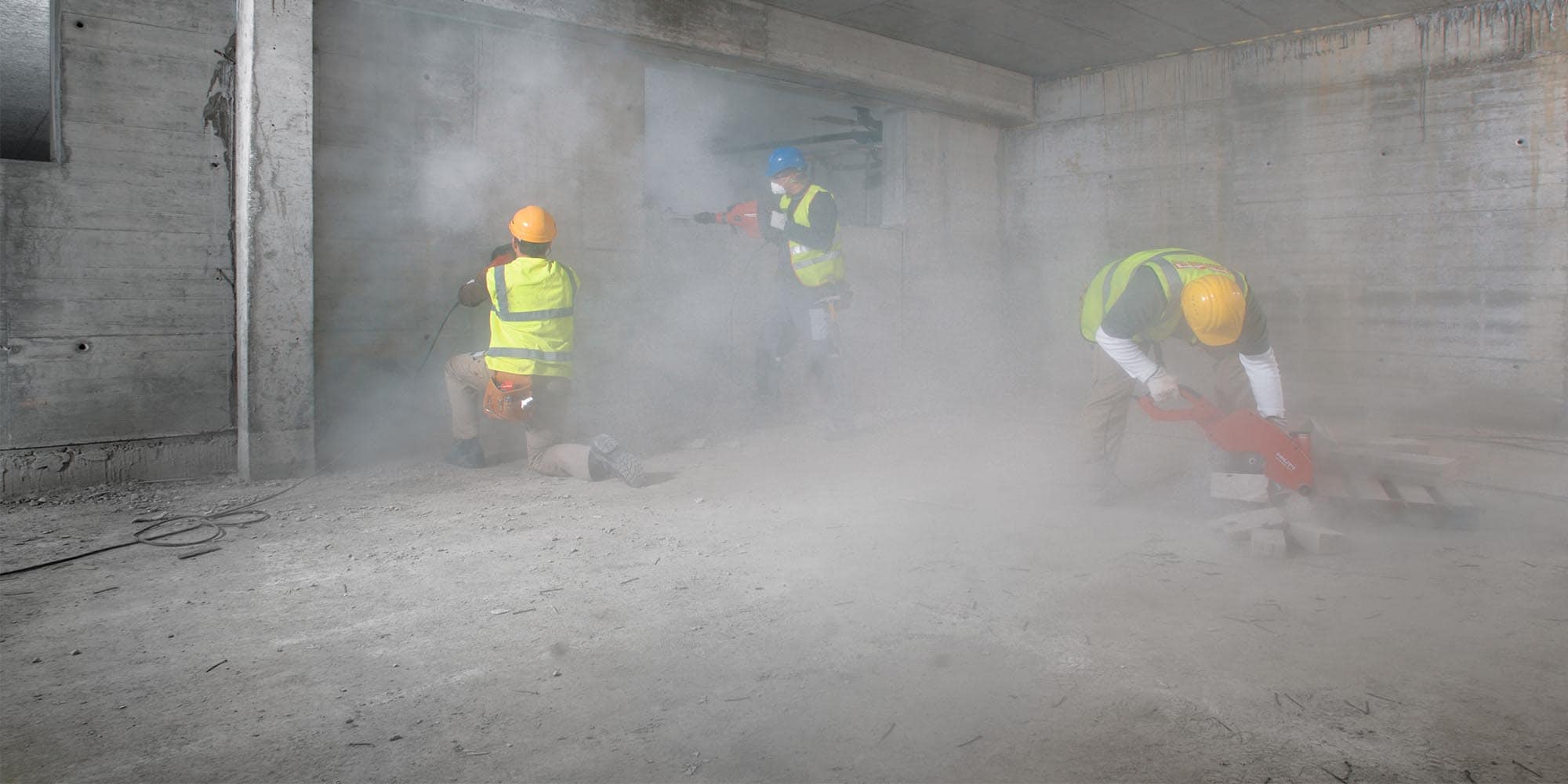Construction Site Dust Regulations
Dust control is covered in the councils approval for the development application. Local ordinances can also impact your construction site standards.

Construction Dust Designing Buildings Wiki
A major part of leaf blower usage is thinking about others when using the equipment.

Construction site dust regulations. Report any dust problems from building sites to the local council. Dust and other airborne particulates are a serious threat to human health. Keep nozzle pointed down to reduce the spray of dust.
Dust and Air Quality Do not use leaf blowers for moving construction dust or plaster dust. The CAA requires that construction sites and other facilities take steps to control dust particulate matter from industrial and construction activities. Construction is a high hazard industry that comprises a wide range of activities involving construction alteration andor repair.
Follow the Assess Control and Review model. Regulations 2002 COSHH cover activities which may expose workers to construction dust. Properties which may be affected by noise dust or vibration arising from the nature of the construction works proposed hours of work and their expected duration.
Dust collector must provide 25 cubic feet per minute cfm or greater of airflow per inch of wheel diameter and have a filter with 99 or greater efficiency and a cyclonic pre-separator or filter-cleaning mechanism. The temporary nature of construction differentiates it from other fugitive dust sources as to estimation and control of emissions. The Control of Substances Hazardous to Health COSHH Regulations says you must protect against the risks from hazardous construction dusts.
It provides a legal duty for employers to prevent or adequately control worker exposure and requires that risks are assessed and controlled and that controls are reviewed. B Sprinklers or other effective means shall be provided to control dust produced at dumps conveyors chutes and other transfer points. Construction-site operators and owner-builders are required by law to minimise dust emissions from their sites.
To print the whole chapter in HTML please click at the bottom of the TOC panel and then click Please set the page orientation to Landscape for printing of bilingual texts on a single page. There are three key things you need to do. Updated November 24 2019 Dust control measures apply to any construction site where there is the potential for air and water pollution from dust traveling across the landscape or through the air.
Stay 50 feet away from people or pets equal to about three car. The Control of Substances Hazardous to Health Regulations 2002 COSHH regulate activities that may expose workers to construction dust. Proactive controls will be instituted to reduce the amount of dust generation during site activities including enforcement of low speed limits for vehicular traffic and the application of water to accesshaul roads.
Some general recommendations are. If enhanced dust suppression is required by ambient conditions emulsifiers or surfactants may be added. Construction workers engage in many activities that may expose them to serious hazards such as falling from rooftops unguarded machinery being struck by heavy construction equipment electrocutions silica dust and asbestos.
Hazardous chemicals and materials eg silica dust asbestos lead fume or dust solvent-based adhesives carbon monoxide in exhaust gas from fuel-powered equipment Heavy machinery and powered tools with dangerous moving mechanical parts. The Occupational Safety and Health Administration OSHA silica dust standard for construction requires employers to limit worker exposures to silica dust and protect them 29 CFR 19261153. The new OSHA standards for general industry 29 CFR 19101053 require a number of security measures including determining and limiting the amount of silica workers are exposed to and implementing dust controls and safer work methods to protect workers from exposures above PEL.
Assess the risks Control the risks Review the controls. The level of dust must not breach the standards set in development consent conditions. A Water or other effective means shall be used to control dust where drilling grinding or other dust producing operations occur in accordance with Section 1538 a of the Construction Safety Orders.
In other words emissions from any single. Incorporating Fugitive Dust control measures in the plans and specifications of the project can help ensure that the participants in the construction partnership avoid violations of Fugitive Dust regulations. Contractors should include the name and telephone number of a main contact within the contractors organisation who is able to give further information and deal with any.
Construction consists of a series of different operations each with its own duration and potential for dust generation. Regulatory requirements for the control of dust generated during demolition operations can arise from local ordinances or codes county ordinances or codes state regulations and some federal regulations. Dust control includes practices used to reduce or prevent the surface and air transport of dust during construction.
Early planning can also help owners and project designers to level the playing field in the competitive bid.

Image Result For Silica Dust Silica Osha Dust

Pin By Lady Marmalade On Why Women Live Longer Than Men Osha Workplace Safety Safety Hazards

